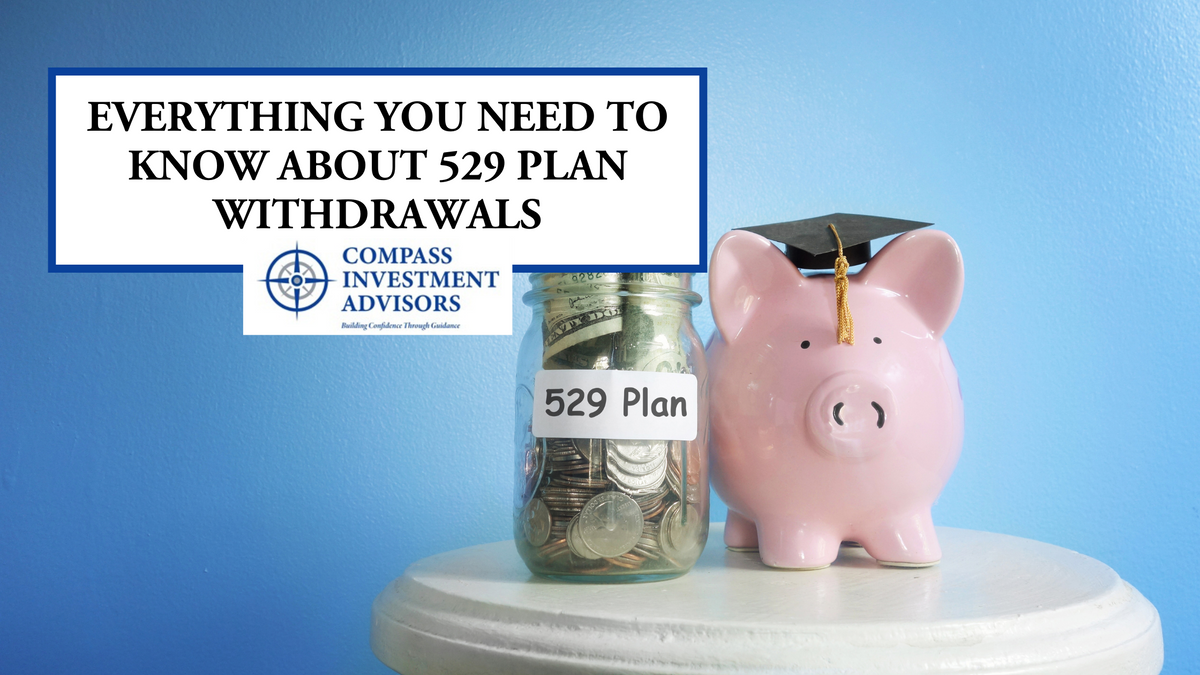pvosng.ru
Tools
529 Plan Withdrawals Taxable

Non-qualified withdrawals may also be subject to an additional % California tax on earnings. See the Plan Description for more information and exceptions. Or. Tax Advantages. Distributions used to pay for qualified education expenses are free from federal and state taxes, helping you keep more of your savings. You may. You can withdraw plan savings tax-free to pay for qualified education expenses, which include costs required for enrollment and attendance at in-state. Are there any tax implications for withdrawals from a account? The earnings portion of a non-qualified withdrawal is subject to federal and state income taxation and an additional 10% federal tax. See the Plan Description. The earnings portion of a Non-Qualified Distribution is taxable to the individual who receives the payment, either the Account Owner or the Designated. In most cases, the “earnings” portion of the withdrawal will be taxable as ordinary income and subject to a 10% federal income tax penalty. Additionally, non-. This means in contributions up to $18, a year, or $36, for married couples are gift tax free. Special rules allow a gift giver to make a lump sum. The earnings portion of any nonqualified withdrawal may be subject to federal income tax and a 10% federal penalty tax, as well as state and local income taxes. Non-qualified withdrawals may also be subject to an additional % California tax on earnings. See the Plan Description for more information and exceptions. Or. Tax Advantages. Distributions used to pay for qualified education expenses are free from federal and state taxes, helping you keep more of your savings. You may. You can withdraw plan savings tax-free to pay for qualified education expenses, which include costs required for enrollment and attendance at in-state. Are there any tax implications for withdrawals from a account? The earnings portion of a non-qualified withdrawal is subject to federal and state income taxation and an additional 10% federal tax. See the Plan Description. The earnings portion of a Non-Qualified Distribution is taxable to the individual who receives the payment, either the Account Owner or the Designated. In most cases, the “earnings” portion of the withdrawal will be taxable as ordinary income and subject to a 10% federal income tax penalty. Additionally, non-. This means in contributions up to $18, a year, or $36, for married couples are gift tax free. Special rules allow a gift giver to make a lump sum. The earnings portion of any nonqualified withdrawal may be subject to federal income tax and a 10% federal penalty tax, as well as state and local income taxes.
Unique Tax Benefits · Tax-deferred growth. Any earnings can grow % tax-deferred · Tax-free withdrawals. When used for qualified higher educational purposes. Withdraw earnings without being taxed. No taxes are due to the federal government, or to most states, when money is withdrawn from a account and applied to. Education savings plans offer tax-deferred growth, and withdrawals are tax-free when used for qualified education expenses. Earnings on non-qualified withdrawals are subject to federal income tax and may be subject to a 10% federal penalty tax, as well as state and local income taxes. Key Takeaways. You don't have to pay taxes or penalties on the portion of a account withdrawal that represents your original contributions. But if you're saving for college, you'll want to know that savings plans offer other tax benefits, such as tax-free earnings growth and tax-free withdrawals. Withdrawals for non-qualified expenses can result in penalties and tax liabilities. Your financial advisor and tax advisor can help ensure you get the most out. As long as this total is larger than the amount withdrawn from your Section plan, the withdrawals are not taxable. And, the excess of your expenses over. Tax Deductible Amounts: $5, per beneficiary for single filers or married filing joint, OR $2, per beneficiary for married filing separate. Carry. Withdrawals for qualified education expenses are tax free. · The maximum you can withdraw each year is the difference between the school's cost of attendance and. If you simply withdraw the money from your account for any non-qualified purpose, you'll have to pay federal income taxes as well as a 10% penalty on the. Earnings on nonqualified withdrawals are treated as income and subject to federal and state income taxes, including, in most cases, an additional 10% federal. Are Plans Taxable? Distributions from a plan that are used for qualified education expenses are not subject to federal income tax. However, if the. Withdrawals for non-qualified expenses– including transportation, cell phones, and fees for sports or clubs – are subject to tax, plus a 10% penalty, so make. Yes, the withdrawals are exempt under Alabama income tax. Related FAQs in Savings Plan, Income Tax. Plans, administered by the Iowa Treasurer of State, help Iowans save money to pay for certain educational expenses for a specific beneficiary. Any money. An Alabama taxpayer filing jointly is eligible for an Alabama State income tax deduction of up to $10, for rollover contributions to the Alabama College. I am getting an early withdrawal from my K plan. How do I determine the taxable portion? Early withdrawals are taxed based on the cost recovery method. The. Tax-Free Withdrawals — No income tax is paid on the growth of your account when withdrawals are used for qualified expenses. State Tax Deduction — Deduct.
1 2 3 4